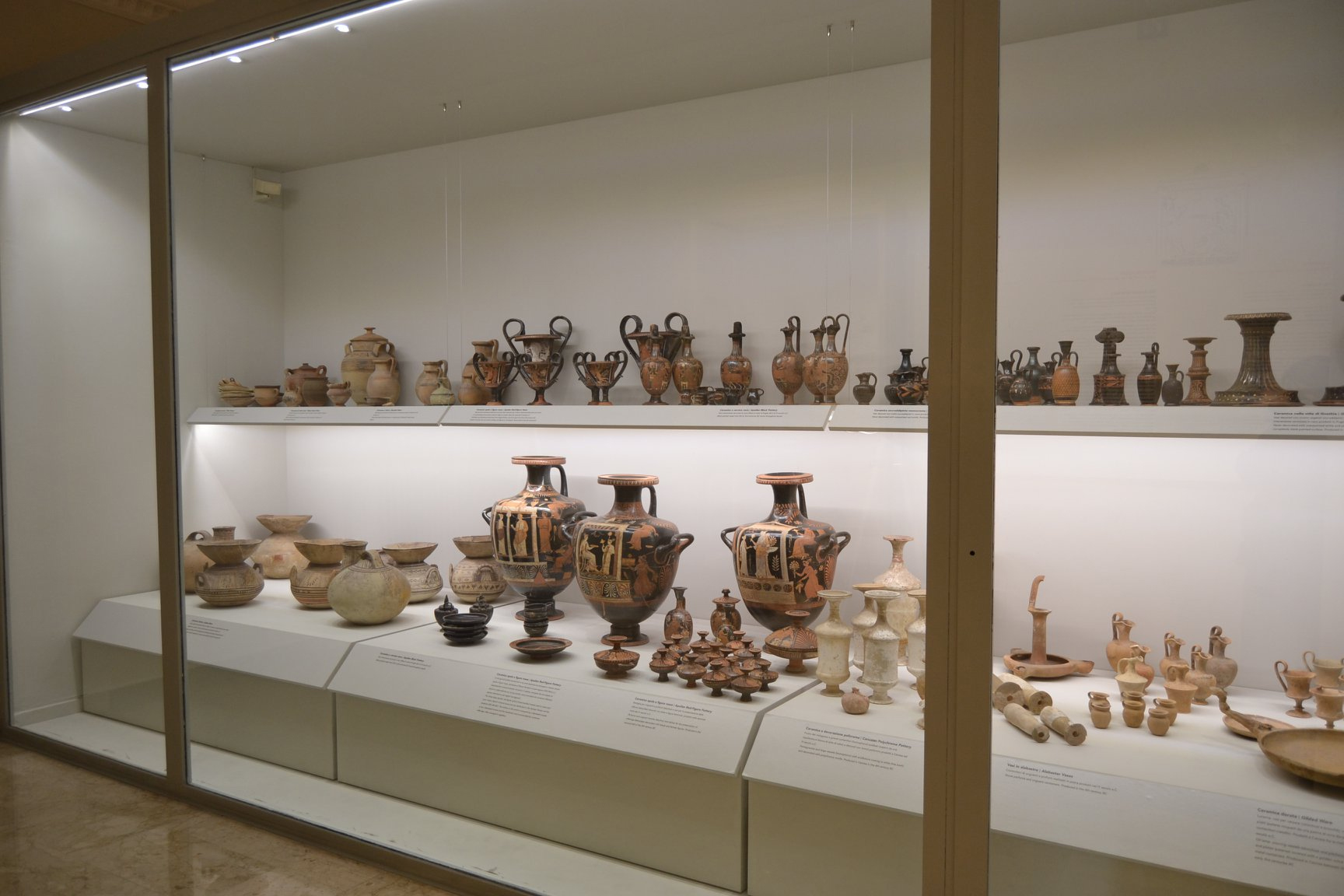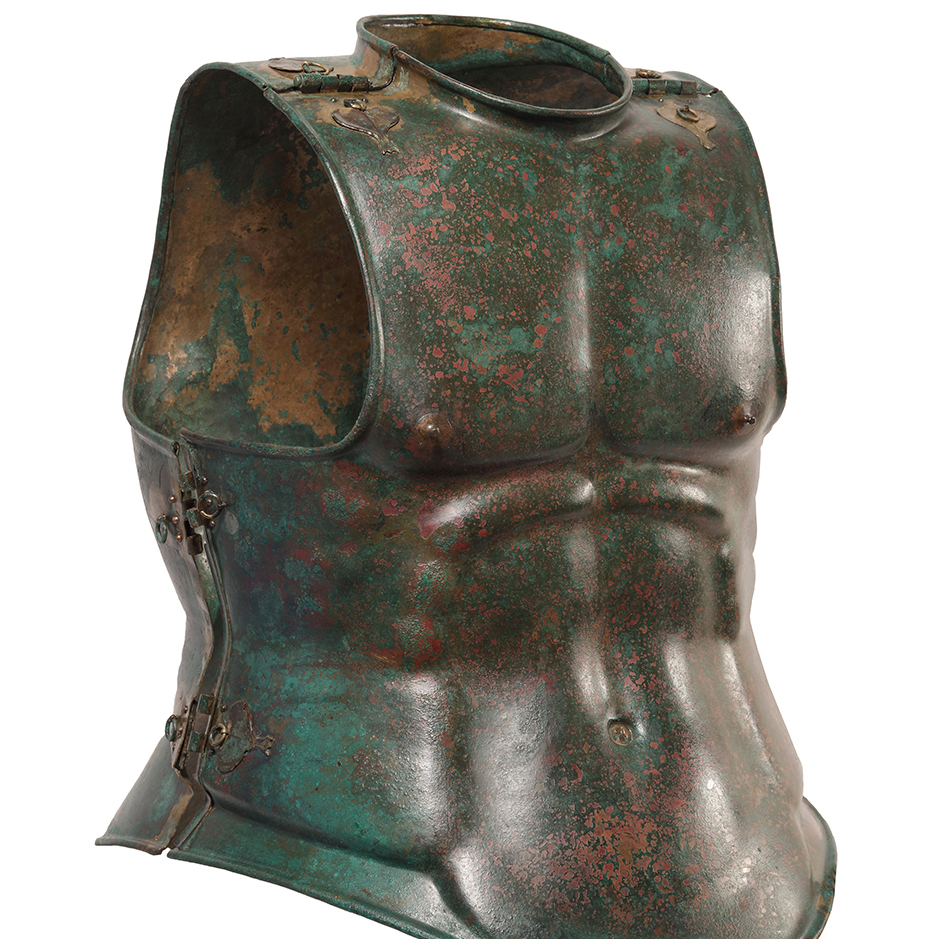National Archaeological Museum of Canosa
 The National Archaeological Museum of Canosa is housed in a 19th century palace, Palazzo Sinesi, located in the city center, made available by the Canosina Archaeological Foundation since since 1994. Canosa is a one of the centers of Puglia that is brimming with testimonies from the past. Occupied since the age of Bronze, it becomes, together with Arpi, one of the most important centers of Daunia.
The National Archaeological Museum of Canosa is housed in a 19th century palace, Palazzo Sinesi, located in the city center, made available by the Canosina Archaeological Foundation since since 1994. Canosa is a one of the centers of Puglia that is brimming with testimonies from the past. Occupied since the age of Bronze, it becomes, together with Arpi, one of the most important centers of Daunia.

Background
Between the 4th and 3rd centuries BC the chamber tombs used by the indigenous elite families with their rich outfits were a symbol of its prosperity. The museum’s collection on display is made up of artifacts from archaic tombs and rich Hellenistic hypogea, which testify to the customs and mentality of the Canosian society and the high quality of local craftsmanship between the 6th and 3rd centuries BC. Vases found in the tombs of Vico Pasubio and Via Legnano (VI – V century BC) display geometric decorations with elaborate shapes and are exhibited in the first room of the Aries. The social level of the deceased, even in the absence of particularly valuable elements, is testified by the repetition of the vases and the presence of ornamental objects such as the ram-shaped belt pendant and weapons. In the second room of the craters there are some grave goods from the Hypogeum of Vico San Martino (IV-II sec. BC) where Apulian vases appear next to the vases of the indigenous Daunian geometric tradition, with red figures produced in the colonies of Magna Graecia and other prestigious goods such as weapons and metals. The following rooms are dedicated to the rich grave goods of the Varrese hypogeum, one of the most important chamber tombs of Canosa, which for several generations belonged to a prominent family of the wealthy class. Among the materials, in addition to the Apulian monumental red-figure vases displaying decorative richness in the depictions and narrative commitment in the scenes, we note the anatomical bronze breastplate, an important nucleus of polychrome and plastic vases called canosini, characterized by painted images in tempera with a wide choice of colors, among which pink predominates, and the presence of decorative elements.
Trivia
Object of frequent looting, the Canosa archaeological heritage enriches the collections of the great museums in Italy and around the world: from the Opaka gold exhibited in the MarTA of Taranto, to the vase by Dario in the MANN in Naples, from the precious ambers carved in the British Museum in London, to the terracotta statues of the so-called “prayers” now in the Louvre in Paris, at the Getty Museum in Malibu, to the Pushkin of Moscow, to name a few. The Canosa vases are exhibited all over the world, but only in Palazzo Sinesi it is possible to admire the equipment of the archaic tombs and the rich Hellenistic hypogea in their entirety and variety.
Info and Contacts
Sinesi Palace - Via J. F. Kennedy 18 – Canosa di Puglia
Telephone: 0883664716
Director: Anita Rocco
Email: drm-pug.museocanosa@cultura.gov.it
Contact us for more information
The fields marked with (*) in addition to the acceptance of our Privacy and Cookie Policy, are required to send the message.





